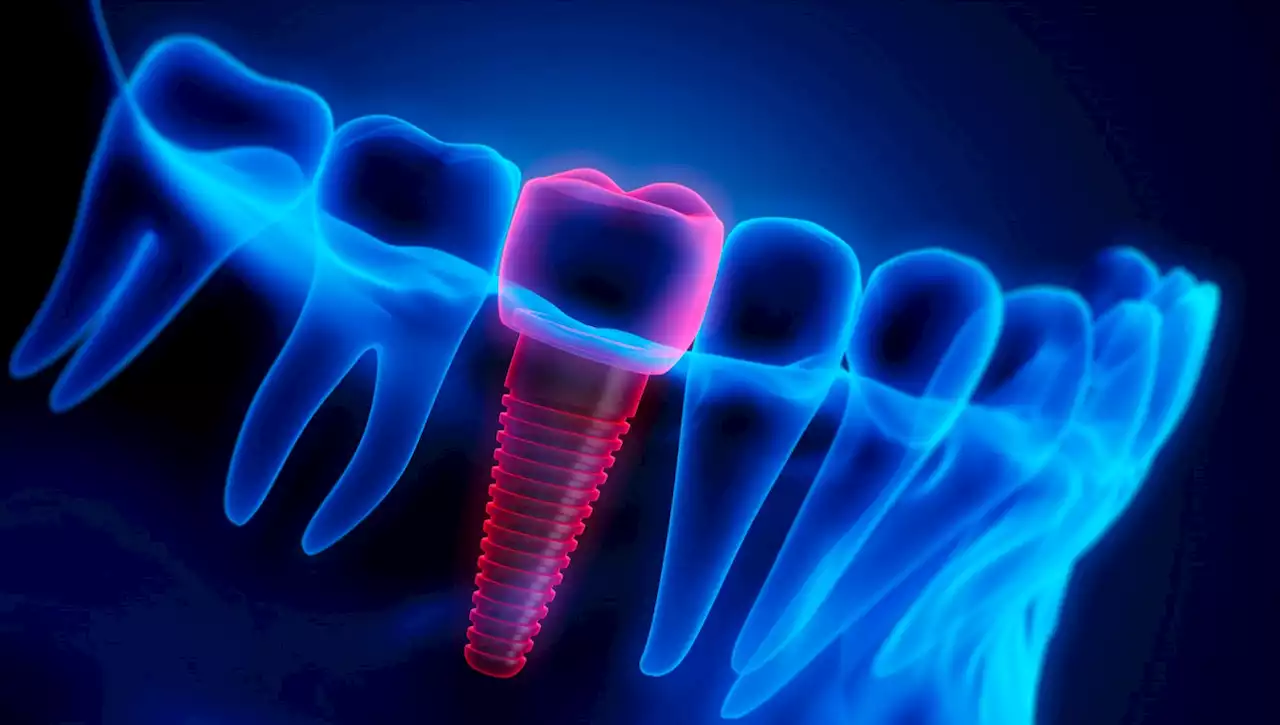It mimics the function of hair cells found in the ear.
"We were inspired by the previous work by Bryan Joyce et al., who used cantilevers with complex feedback to achieve the specific properties of the hair cells. We thought that we can create artificial hair cells quite easily and efficiently since we have a specific type of cantilevers which can be read out and actuated completely electronically."mimics the different hair cells contained in ears that are responsible for detecting distinct tones.
"Hair cells in the ears can be individually tuned, in particular the gain for detection, and thus how each tone is detected can be adjusted," Lenk explained. "This is important if we want to separate, e.g., speech from background signal. In this case, the gain would be high for the tones belonging to the speech signal and low for the background signals. In this way, background and speech can be much easier be separated."
The invention consists of two key components: a series of small silicon cantilevers designed to act as artificial hair cells and a feedback loop that tunes the detection properties of each cantilever individually. "We successfully implemented the properties of human hearing directly in the sensor via a quite simple and fast feedback loop," Lenk"This has two big implications. Firstly, the system is rapidly adaptable, and this is quite important for application in various situations. The cochlea's bio-inspired properties also help to highlight important information like when a sound started or specific tones, which should help to make the processing faster and more efficient .
United States Latest News, United States Headlines
Similar News:You can also read news stories similar to this one that we have collected from other news sources.
 New York City is slowly sinking, researchers sayWhile the process is slow, parts of the city will eventually be under water, said lead researcher Tom Parsons of the U.S. Geological Survey.
New York City is slowly sinking, researchers sayWhile the process is slow, parts of the city will eventually be under water, said lead researcher Tom Parsons of the U.S. Geological Survey.
Read more »
 AI in dentistry: Researchers find that artificial intelligence can create better dental crownsResearchers from the University of Hong Kong developed an AI algorithm that uses 3D machine learning to design personalized dental crowns with a higher degree of accuracy than traditional methods.
AI in dentistry: Researchers find that artificial intelligence can create better dental crownsResearchers from the University of Hong Kong developed an AI algorithm that uses 3D machine learning to design personalized dental crowns with a higher degree of accuracy than traditional methods.
Read more »
 Researchers Discover Brain Abnormalities Linked to SIDSResearchers have discovered specific brain abnormalities in babies who died of sudden infant death syndrome, or SIDS.
Researchers Discover Brain Abnormalities Linked to SIDSResearchers have discovered specific brain abnormalities in babies who died of sudden infant death syndrome, or SIDS.
Read more »
 German researchers take us a step closer to making nuclear clocksRadiative decay is a crucial component in measuring time in a nuclear clock but researchers have never managed to measure it as accurately as now.
German researchers take us a step closer to making nuclear clocksRadiative decay is a crucial component in measuring time in a nuclear clock but researchers have never managed to measure it as accurately as now.
Read more »
 Japanese researchers want to demonstrate space-based solar power by 2025Multiple space agencies and research institutes are looking to perfect space-based solar power technology, but Japan could demonstrate the tech soon.
Japanese researchers want to demonstrate space-based solar power by 2025Multiple space agencies and research institutes are looking to perfect space-based solar power technology, but Japan could demonstrate the tech soon.
Read more »
